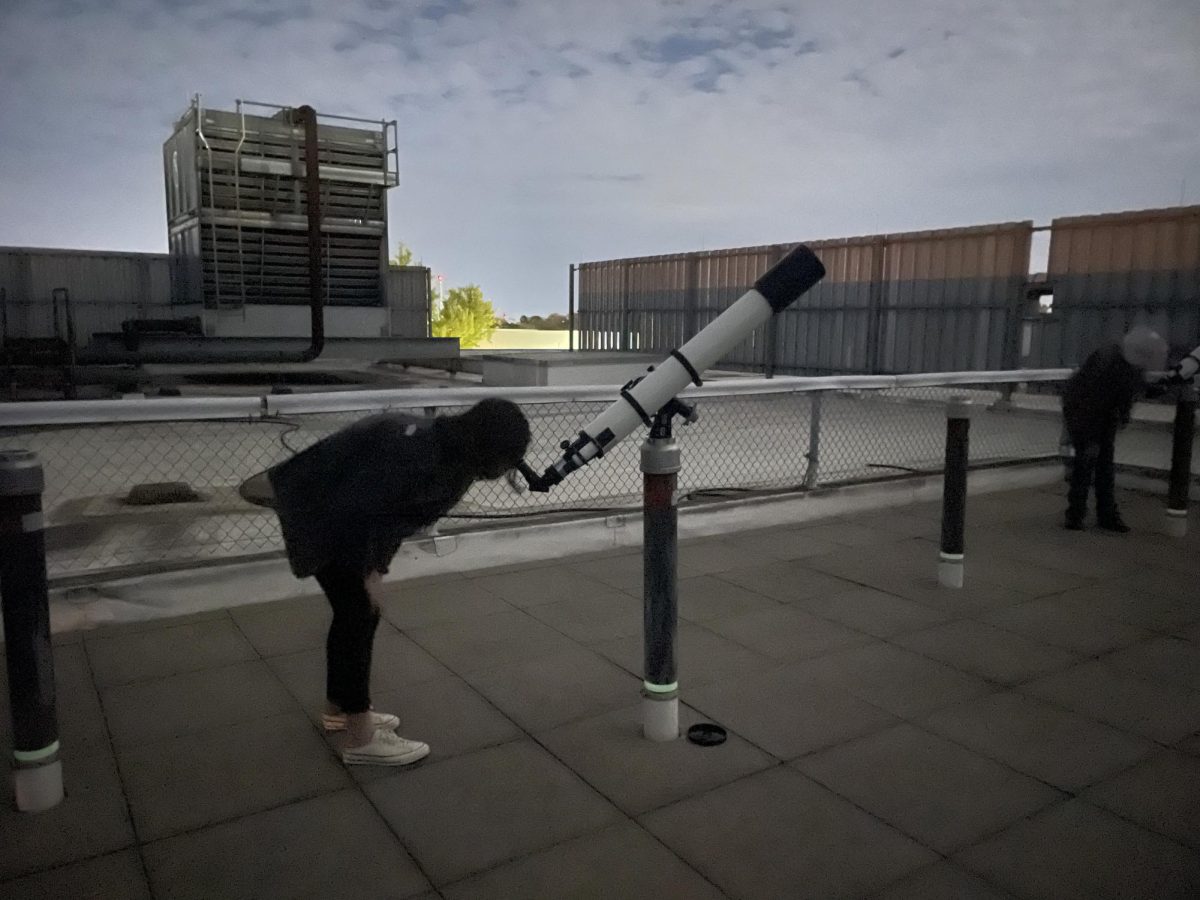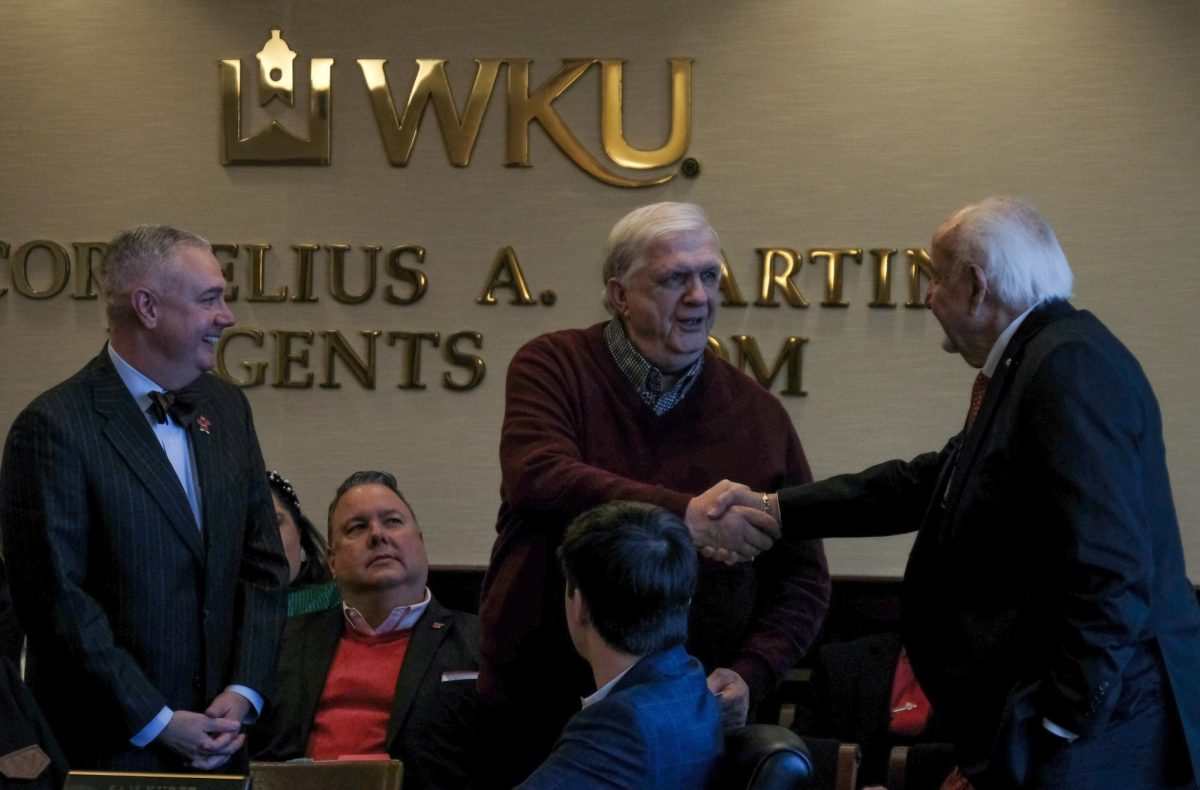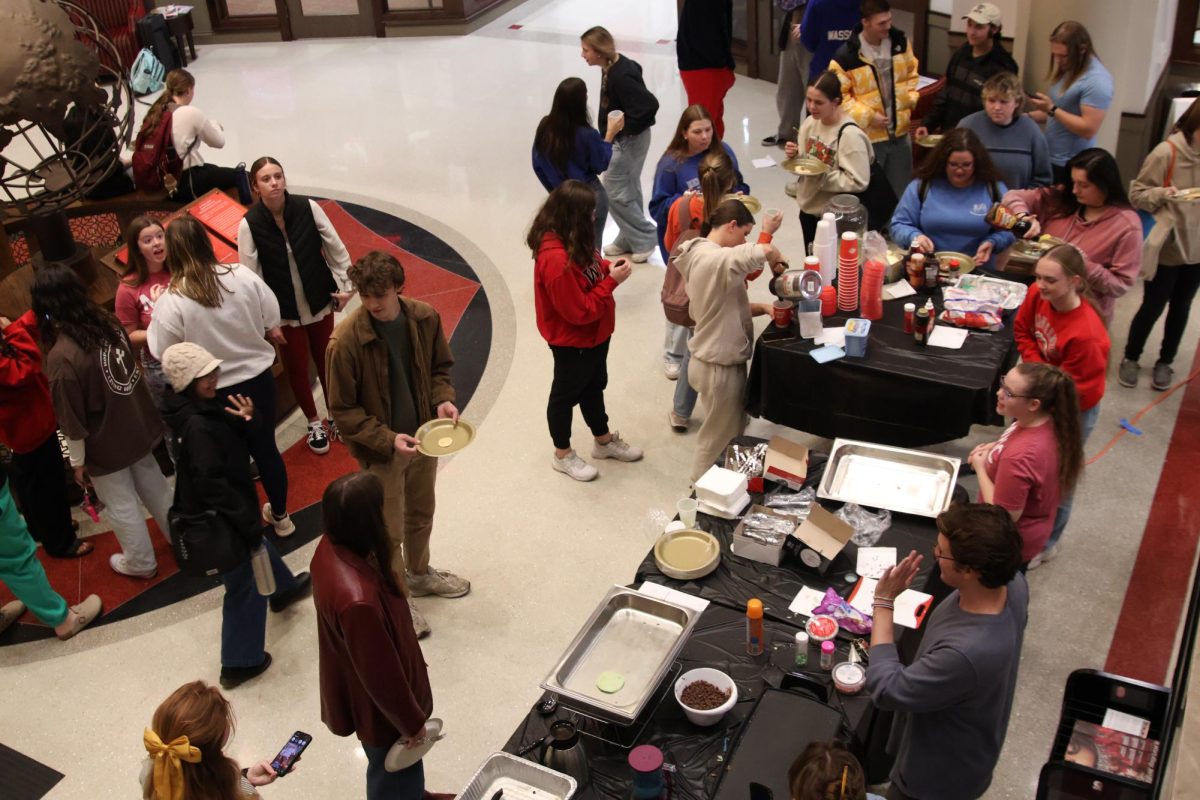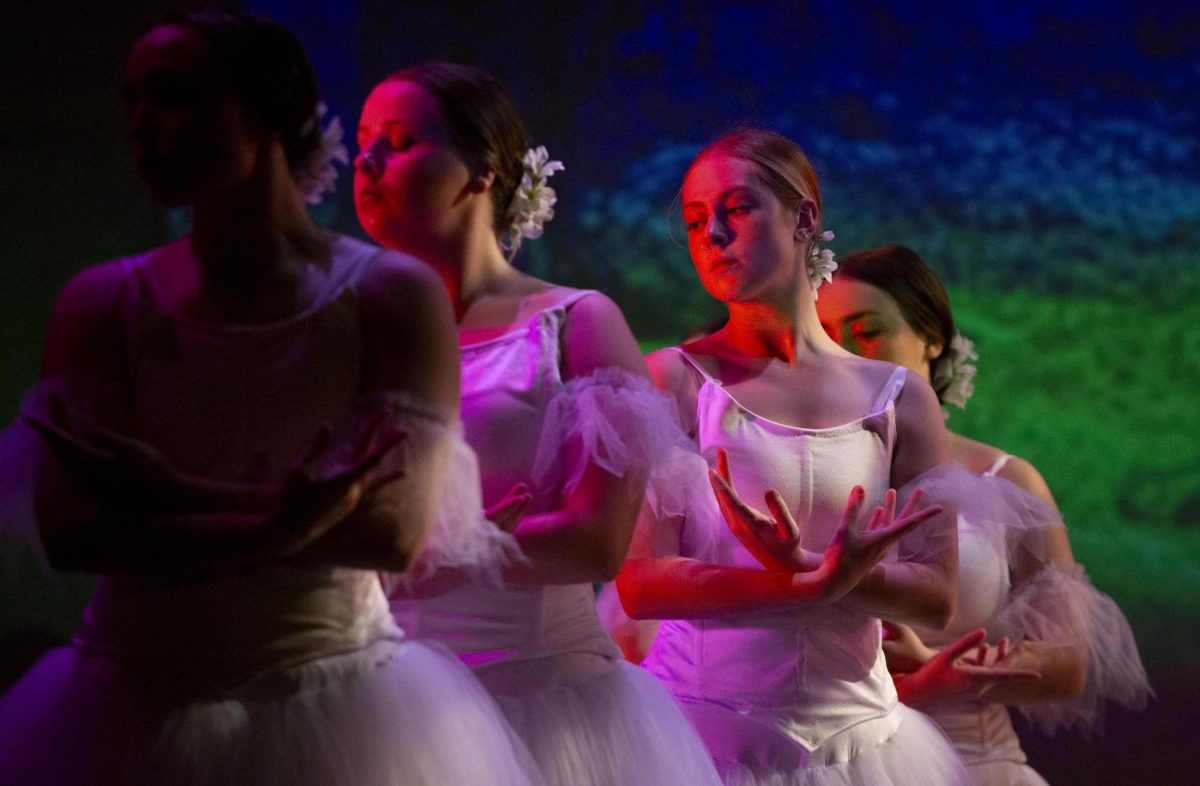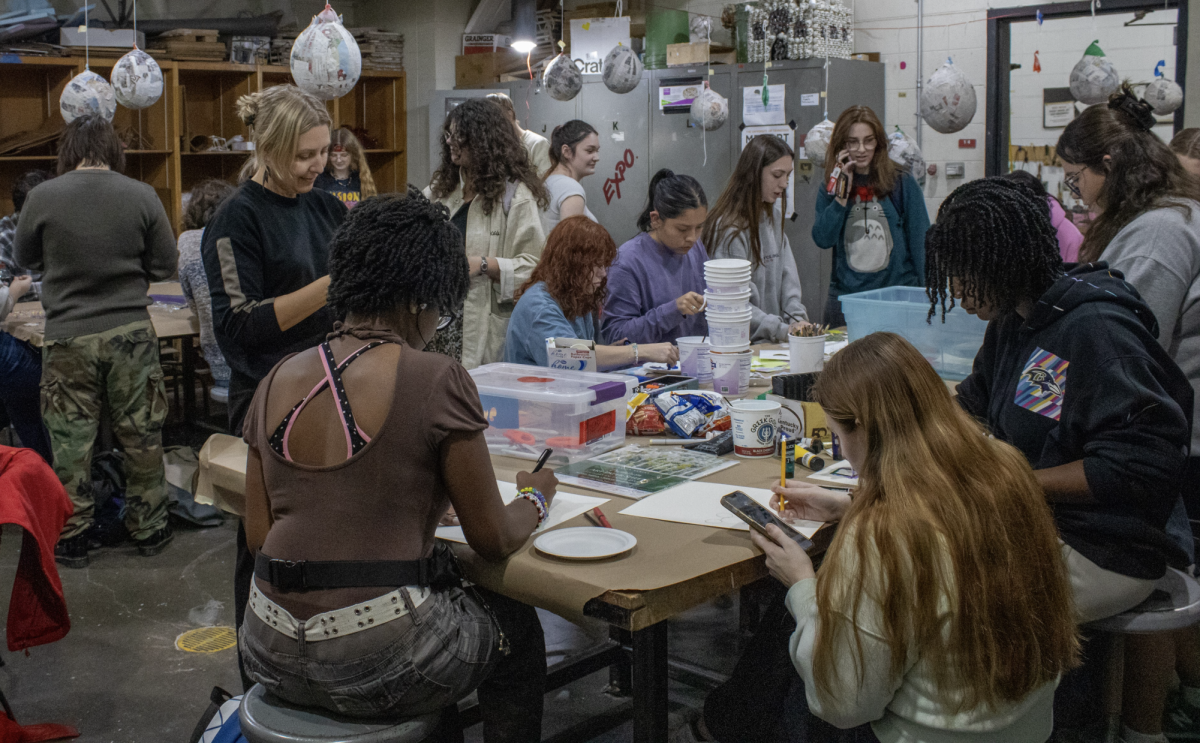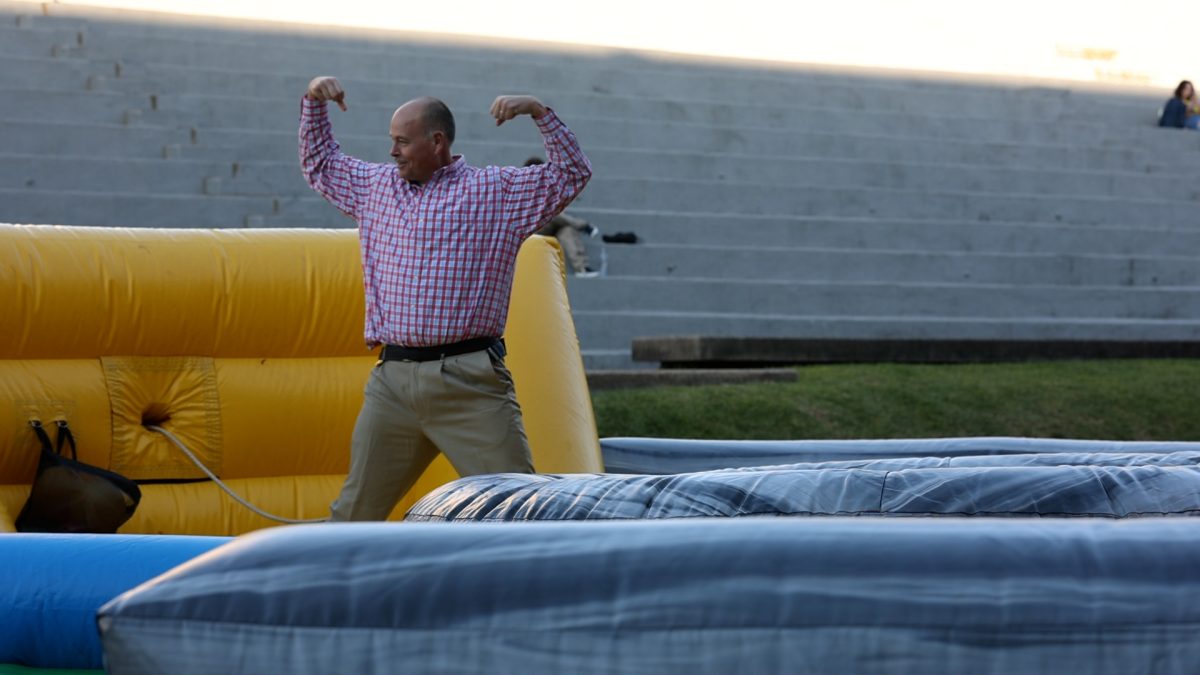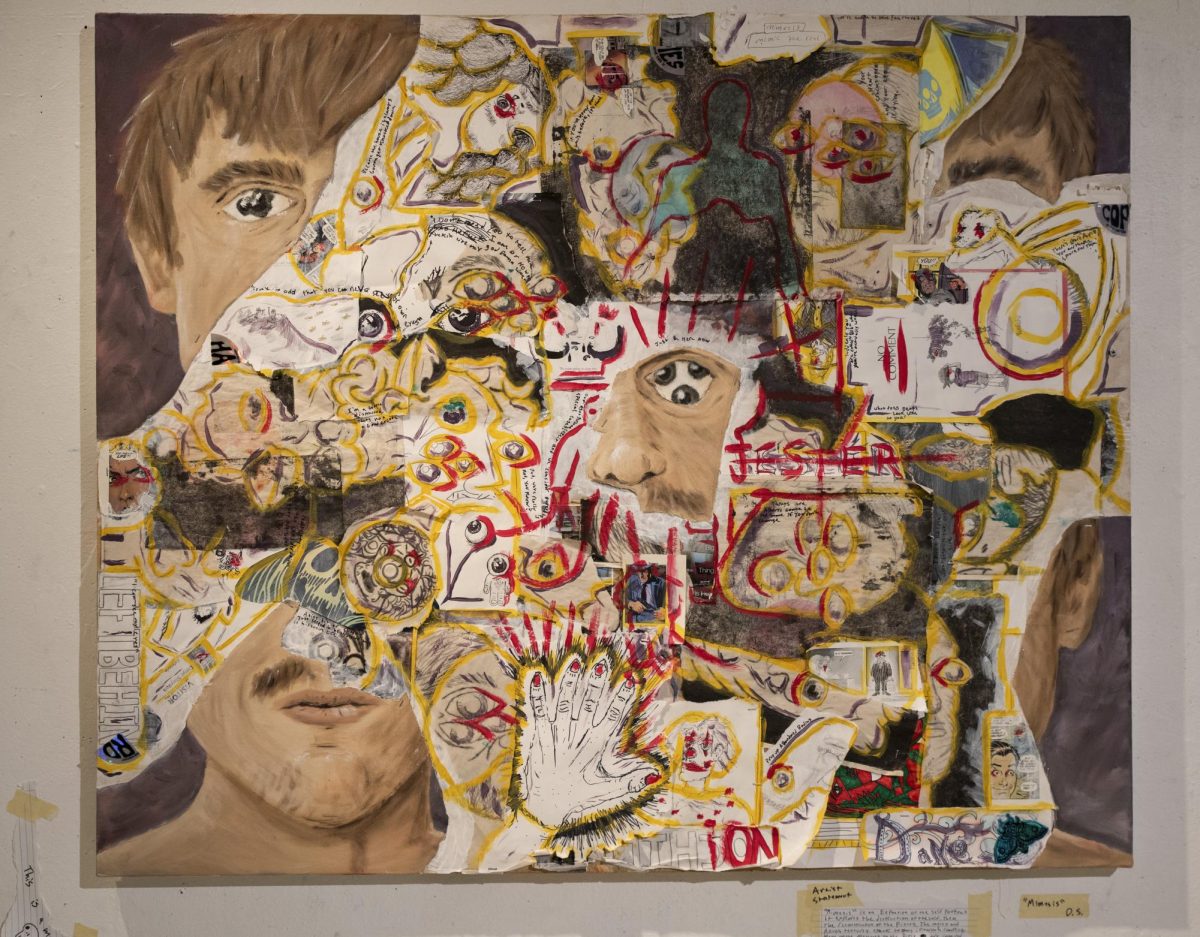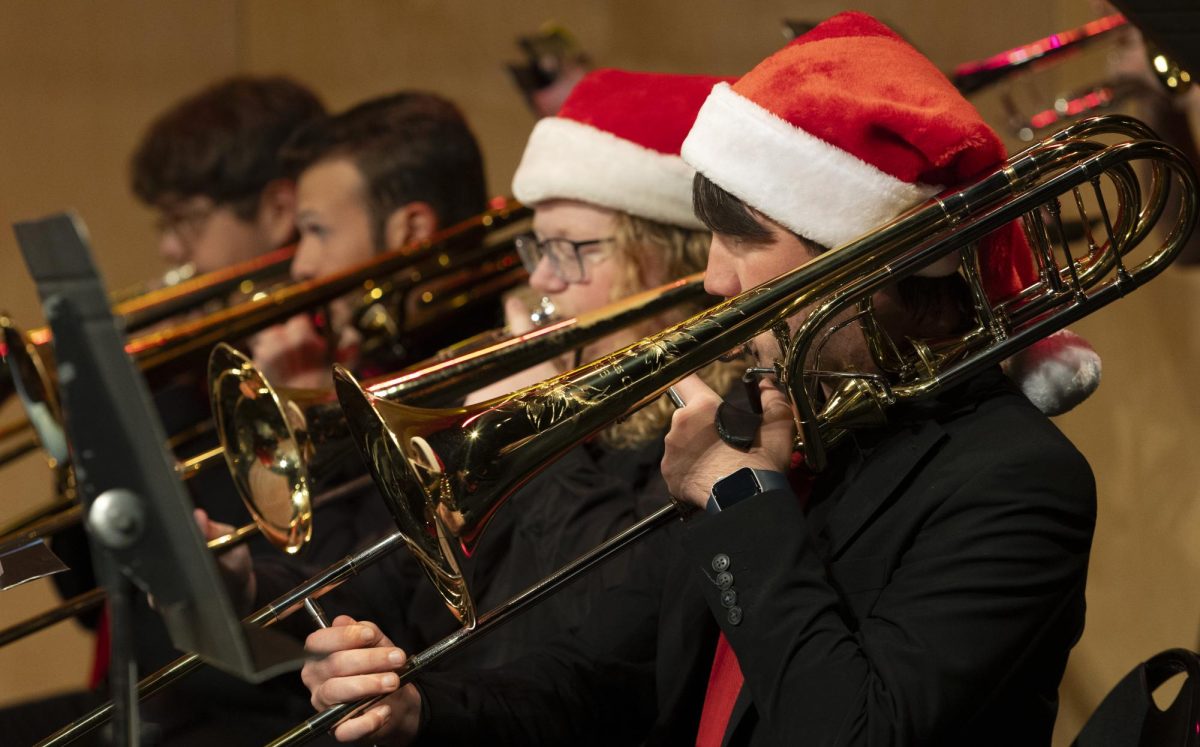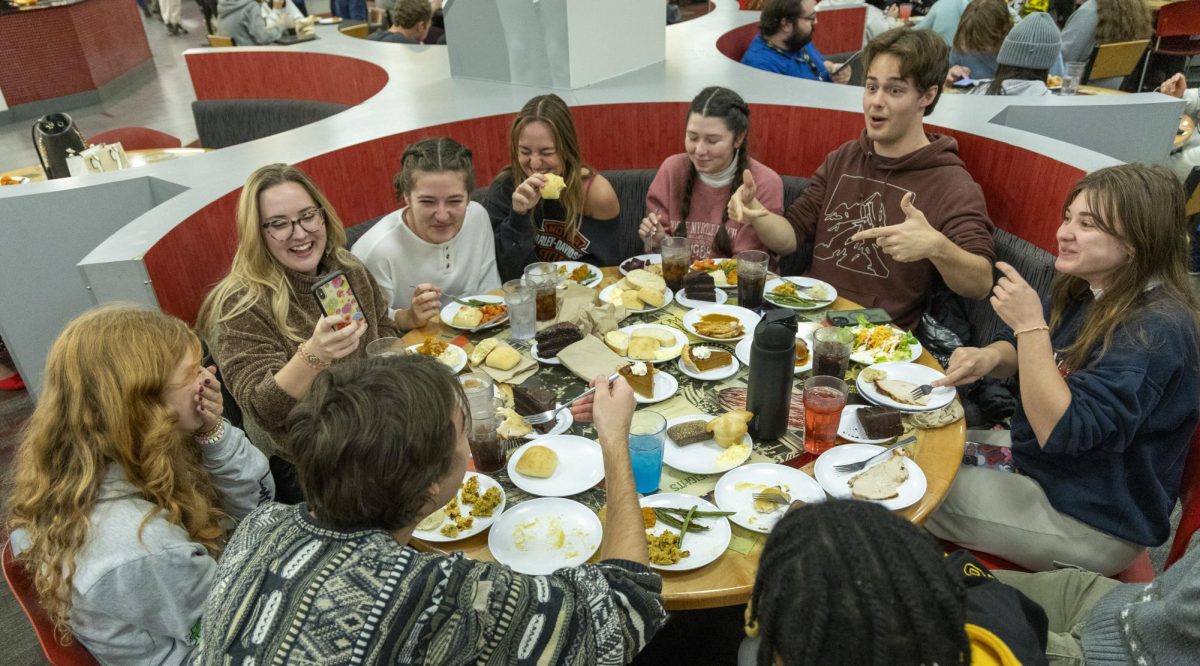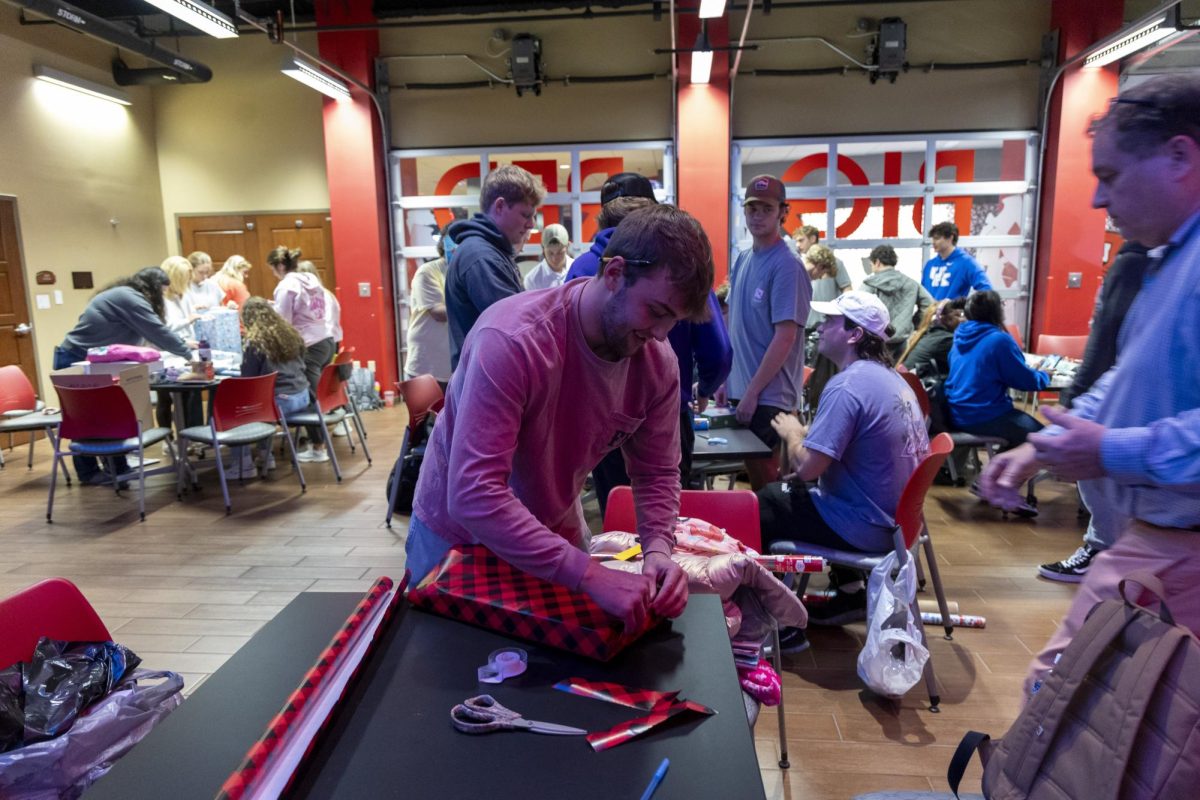Over a dozen WKU students and members of the broader Bowling Green community gathered to contemplate Earth’s Moon through an observatory and several smaller, regular-sized telescopes for International Observe the Moon night.
The event was hosted on the roof of Kelly Thompson Hall, on Tuesday, Oct, 24, in observance of the holiday.
“Lots of people across the world have been observing the moon for the last couple of days, but we’re going to choose tonight,” Chris Chandler, planetarium specialist said. “It doesn’t really matter what you do on that night – we just want to get people accustomed to looking at something that you see everyday, but you probably never see it in detail to notice all the different features.”
Many people, Chandler said, never get the chance to use a telescope, and “if they got one from a friend, they wouldn’t know what to do with it.” One other goal of the event, therefore, is to “normalize how to use a telescope,” Chandler said.
“I’ve got 2-year-old children who know the formal name of the Moon, which is Luna, but who don’t get the chance to see it up close. They don’t get to see that there are mountain ranges and there are different types of craters – some craters which are smooth and flat; and some craters which are deep holes,” Chandler said.
On the roof, he encouraged attendees of the event to look for notable Moon features, like the Lunar Alps or Tycho Crater. Chandler printed out a list of six Moon sights and said those who manage to spot all of them will receive a certificate.
Aside from the hands-on program, the evening also included a mini lecture about the Moon, which preceded observations. In the talk, Maxx Haehn, observatory education scientist, said that the average distance between the Earth and the Moon is approximately 240,000 miles, which is akin to “driving from New York City to Los Angeles and back about 86 times.”
Chandler said it is important to choose the right time to explore the Moon through telescopes. Moon phases, for example, affect how much an observer can see.
Full moons, Chandler said, are usually too bright – “it’s like looking at a dinner plate.” New moons, on the other hand, cannot be seen, he said.
Currently, the Moon is in the Waxing Gibbous phase, Haehn said. This means that it will turn into a Full Moon in approximately four days.
In addition to moon facts, moon-related memes and moon-inspired legends, Haehn discussed future Moon missions. Artemida, for example, is a 3-stage operation that aims to “build a gateway to Mars,” he said.
The evening of observations, Chandler said, was organized by Haehn and the Hilltopper Astronomy Club. Dylan Berry, vice president of the club, said the organization hopes such events help people see that “the sky is worth seeing.”
Chandler said even though the international Observe the Moon night only occurs once a year, the Planetarium hosts such observation evenings more frequently – on the third Tuesday of each month at 8:00 p.m., following their weekly 7 p.m. shows. The next observatory night will take place on Nov. 20 at Kelly Thompson Hall.
News Reporter Mariia Novoselia can be reached at [email protected]

